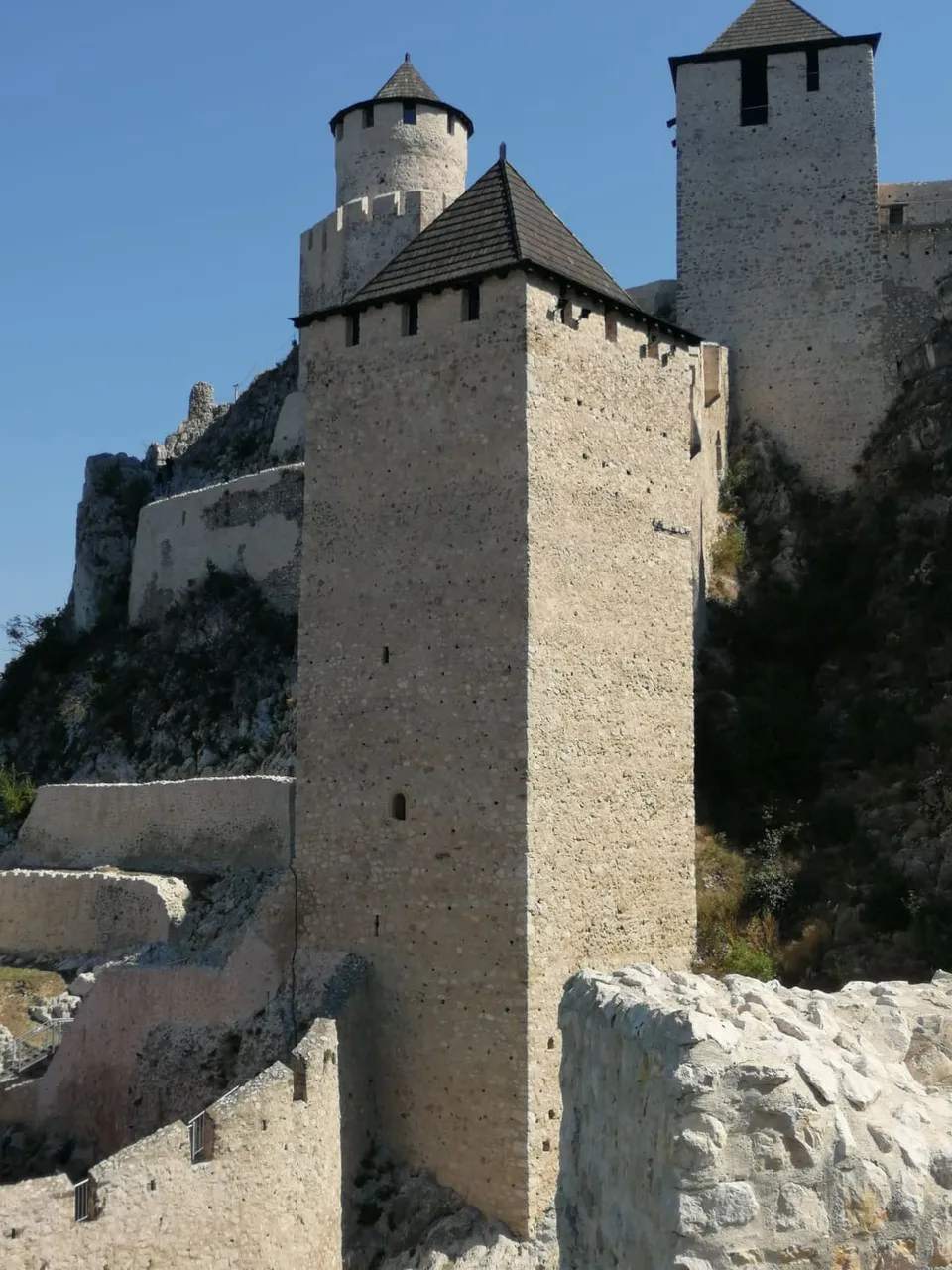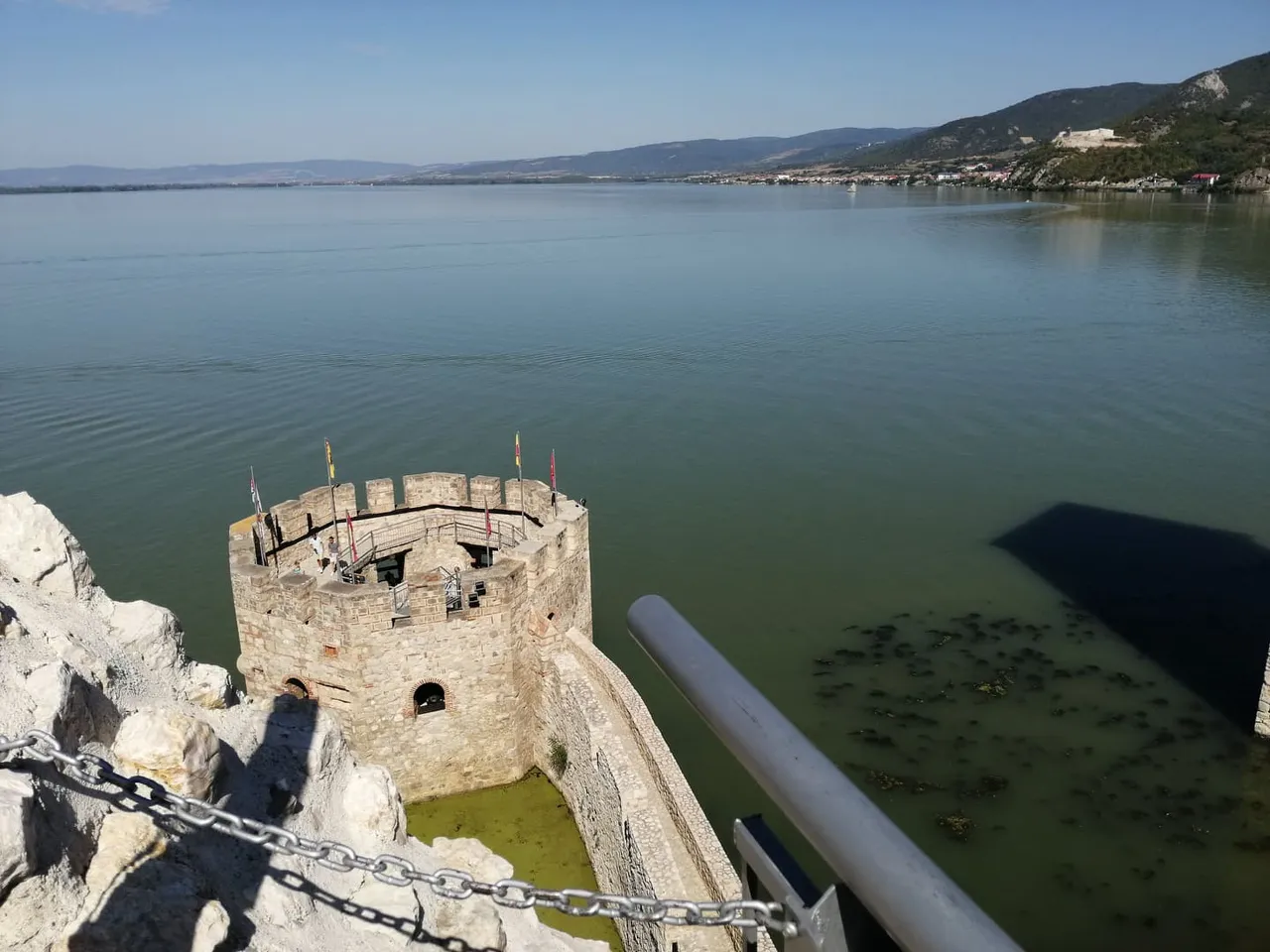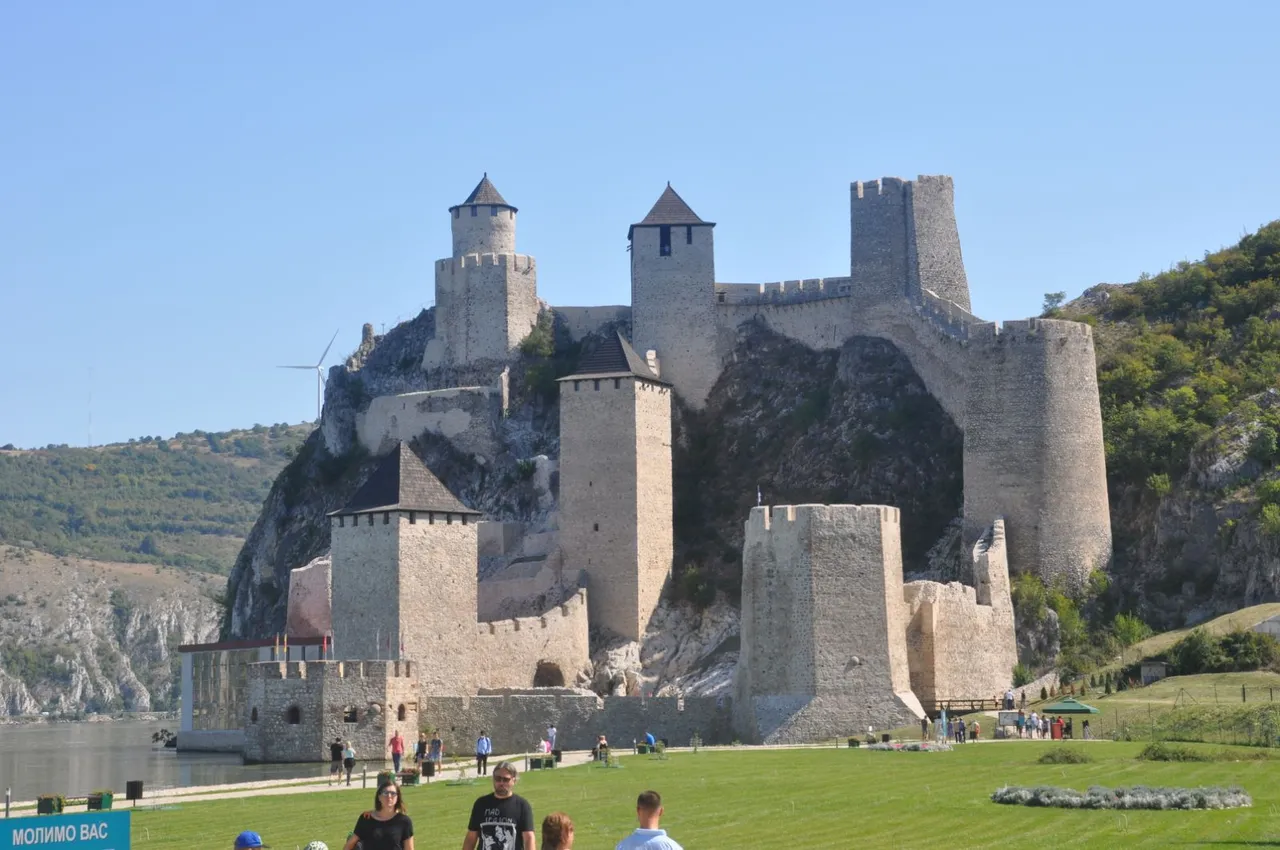
The Golubac Fortress was built at the very entrance to the Djerdap Gorge, at the place where the widest Danube in its course passes into the strait of the Carpathian Mountains. The fortress was an important medieval military border fortification, built according to plan due to the military-strategic importance of the place.
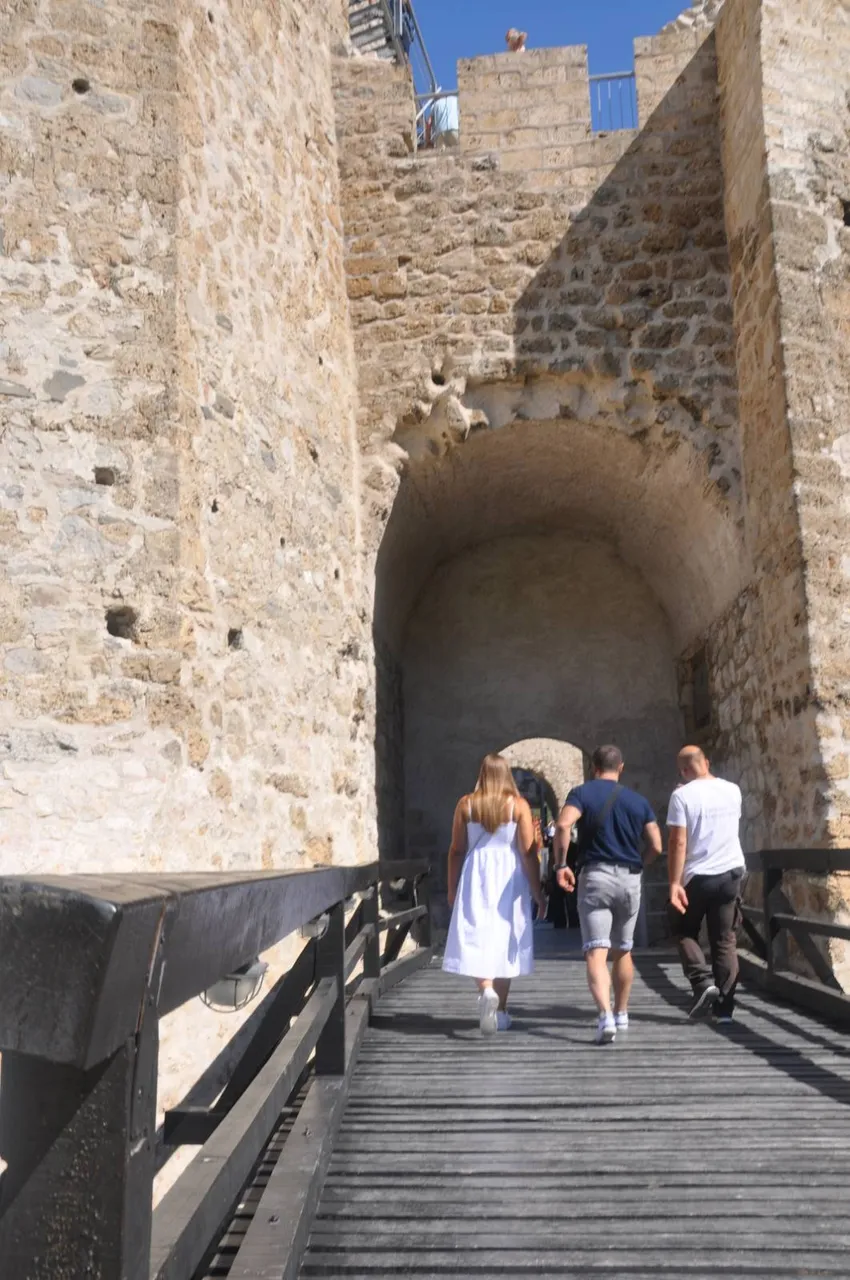

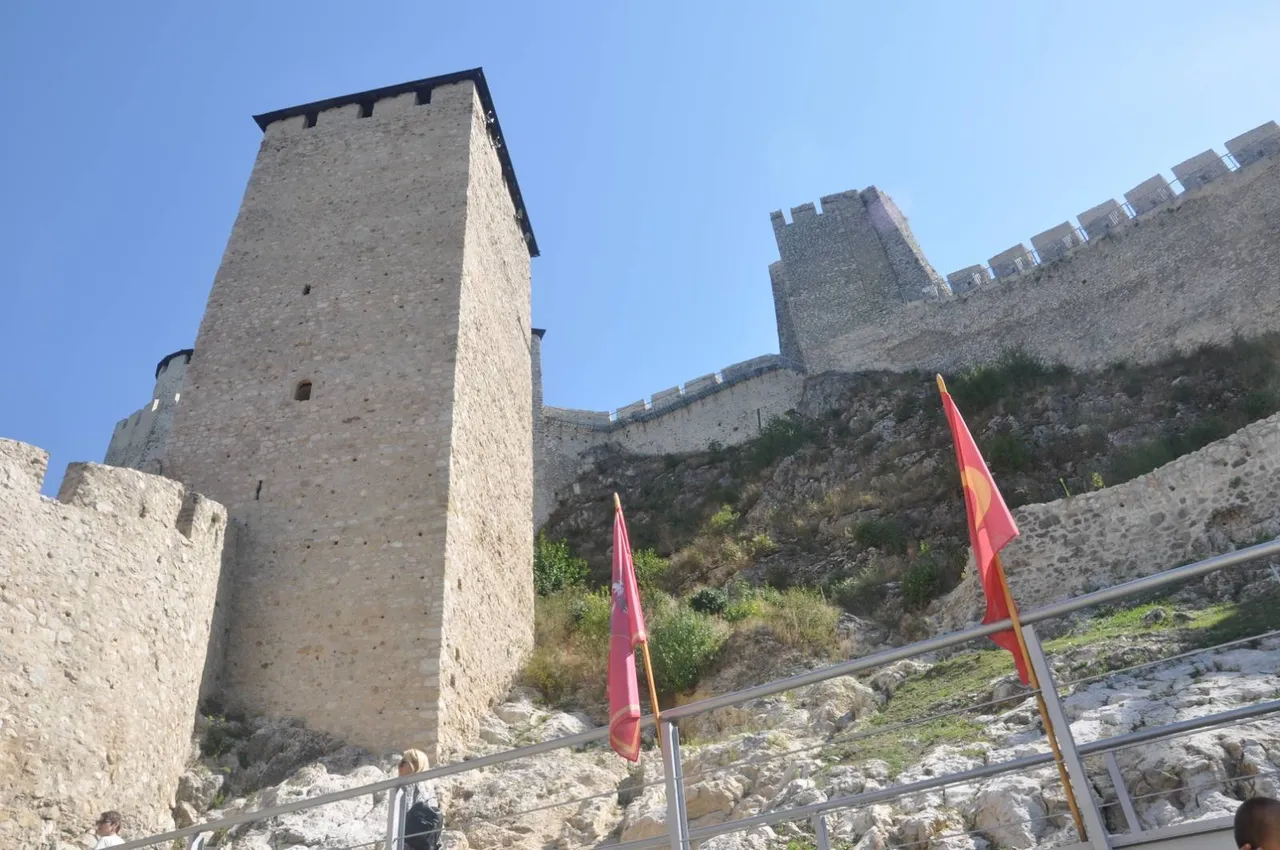
From here, one could easily control the entire land and waterway that connected east and west, and the steep and inaccessible Ridan cliffs, on which the Fortress was built, and the river itself, were its natural protection. Due to this position, during the 14th and 15th centuries, the border powers, Hungary and Serbia, and then the Ottoman Empire, fought to conquer the Golubac Fortress because they thus gained control and power over the state border.

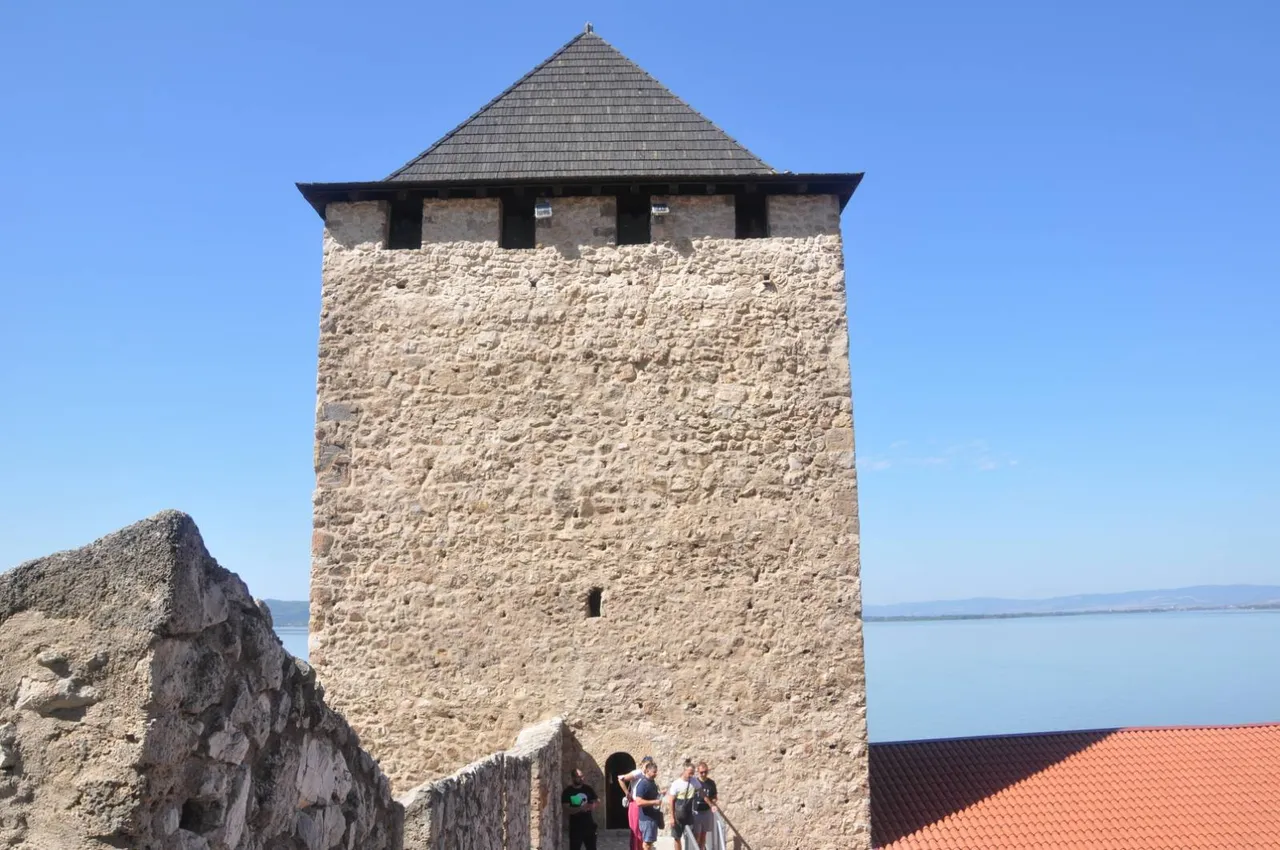

Pigeon name
The Golubac Fortress was first mentioned in historical sources in 1335 as a fortification with a Hungarian military garrison. Although it was founded before the mentioned year, it is not known who raised it and when exactly. Its name is written on medieval maps in different languages: Galambas, Galambocz, Colombazo, Columbaz, Columbarum, Taubersburg, Tawbenstein, Peristerin, Giwerdzinlik… and in each base it forms the word-pigeon.
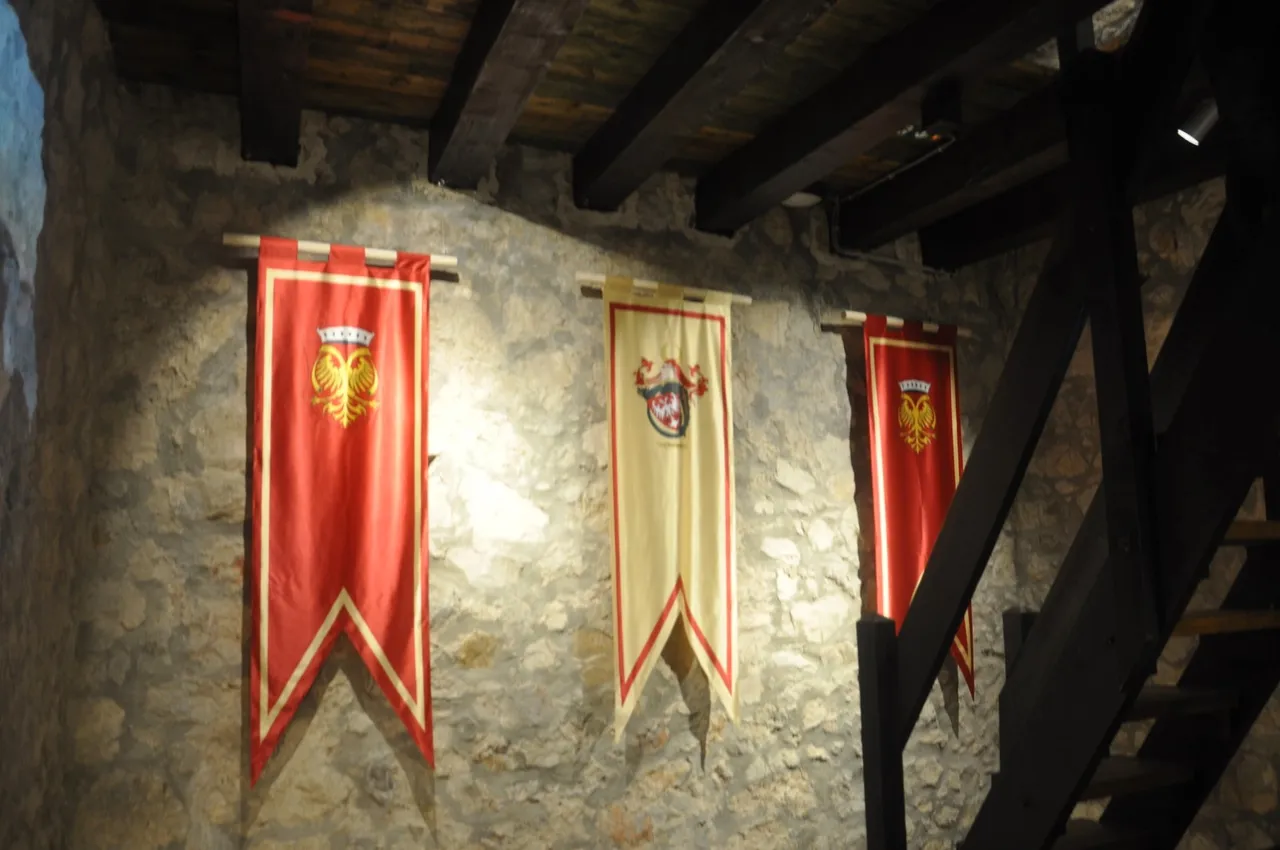
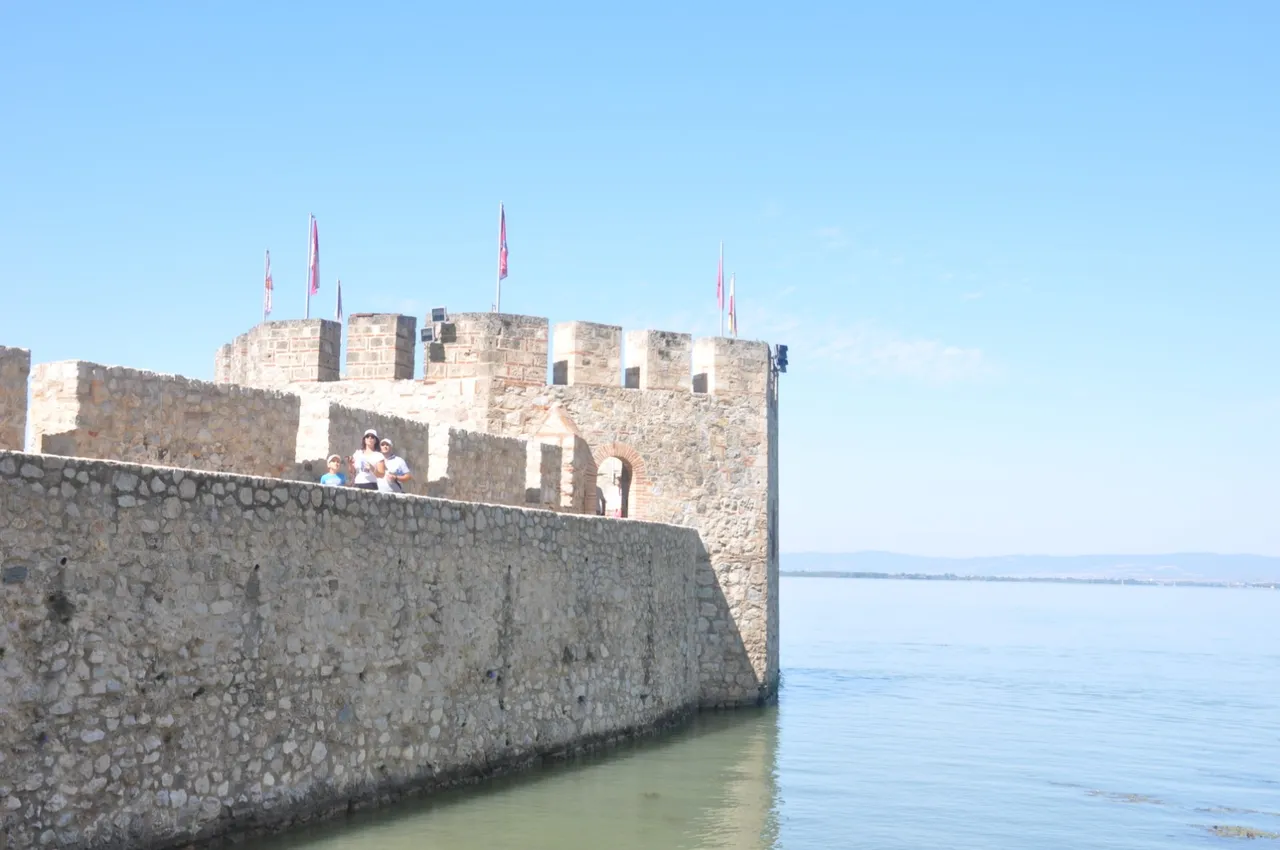
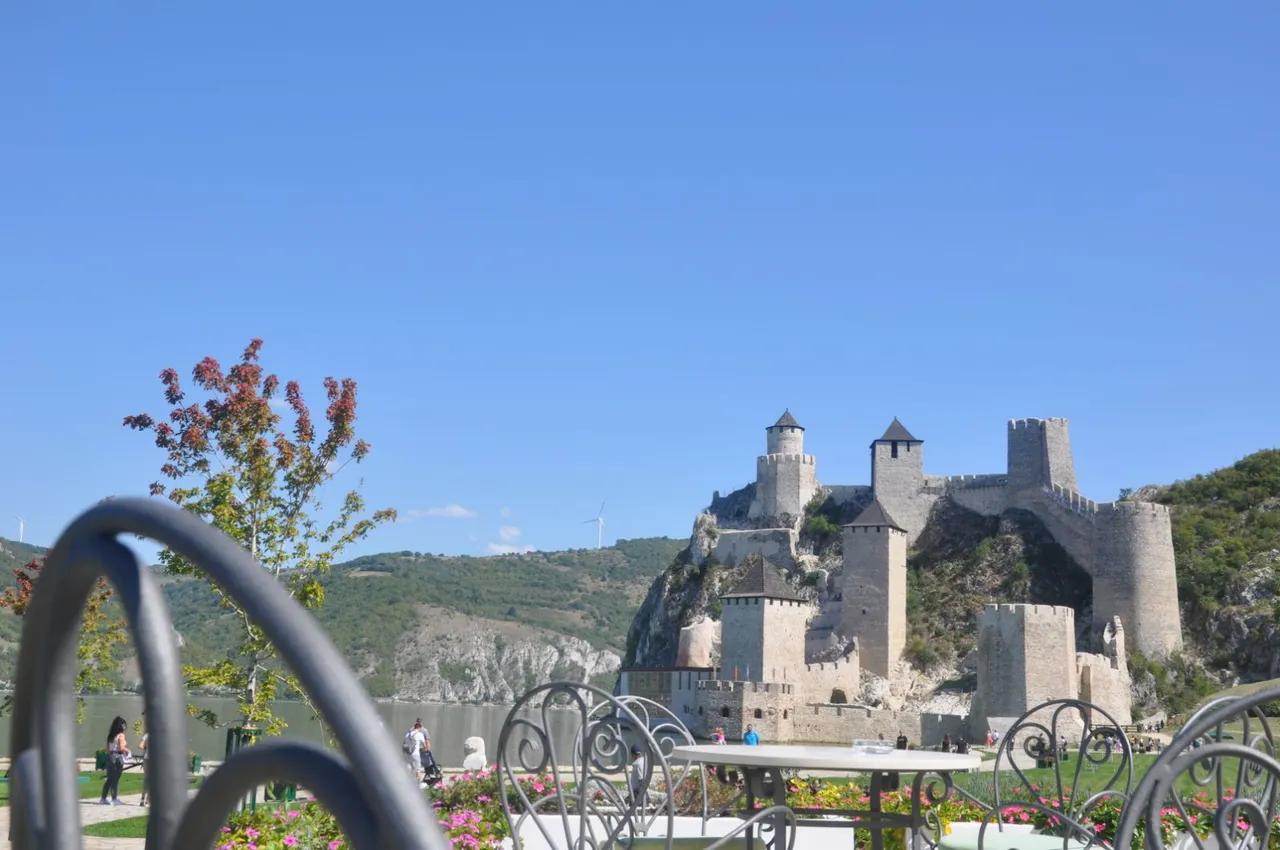
The mystery of the name is explained by medieval legends, and one of the most famous speaks about the Ottoman commander of the city who fell in love with the beautiful local Goluban. Refusing to enter his harem, Golubana was punished by being chained to a rock to repent. Her refusal to obey the Turkish commander led her to her death. According to her, the Fortress was named Golubac, and the rock, which still protrudes from the Danube, is named "Baba-kaj" (Tur. "Repent").
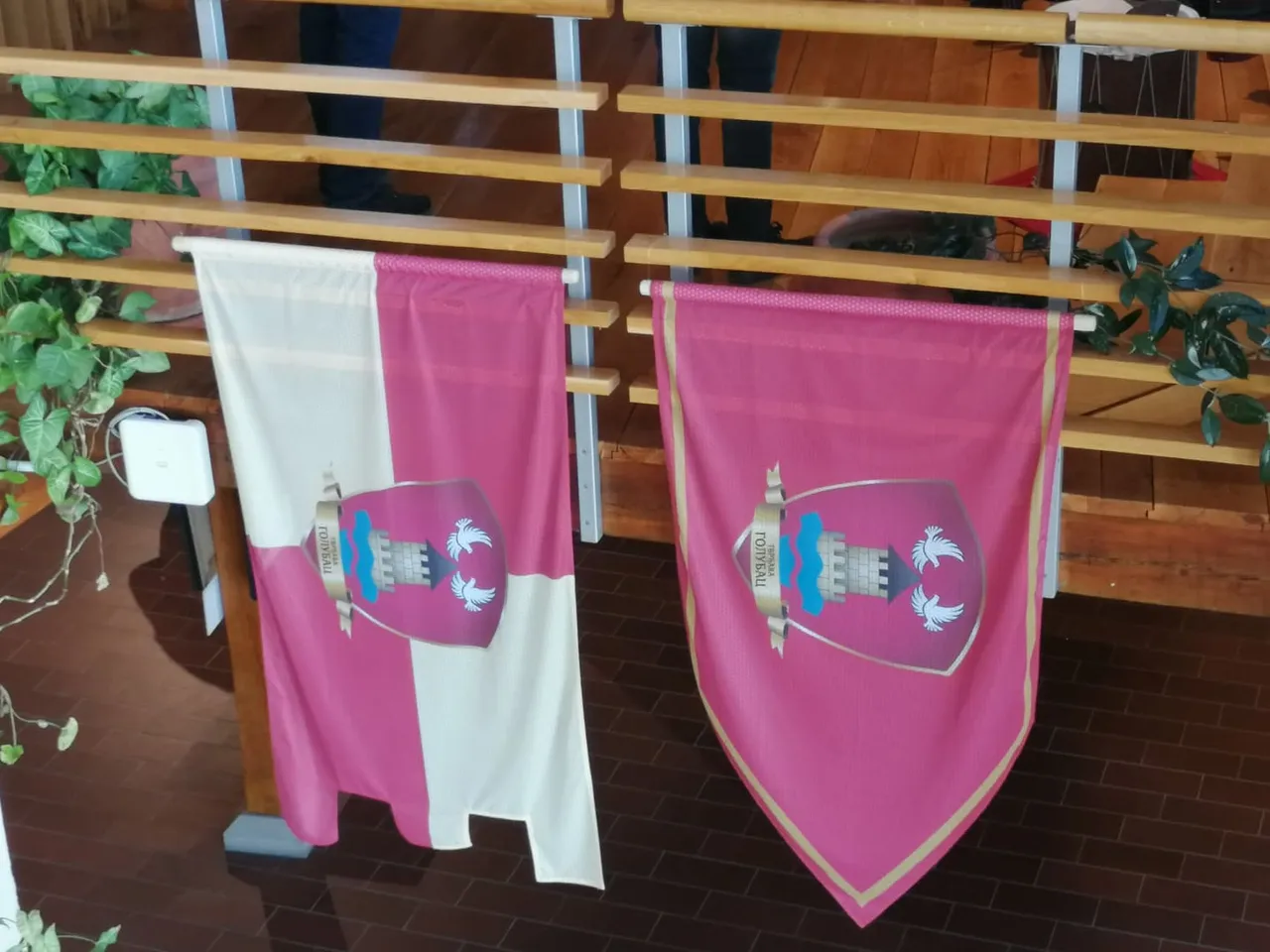
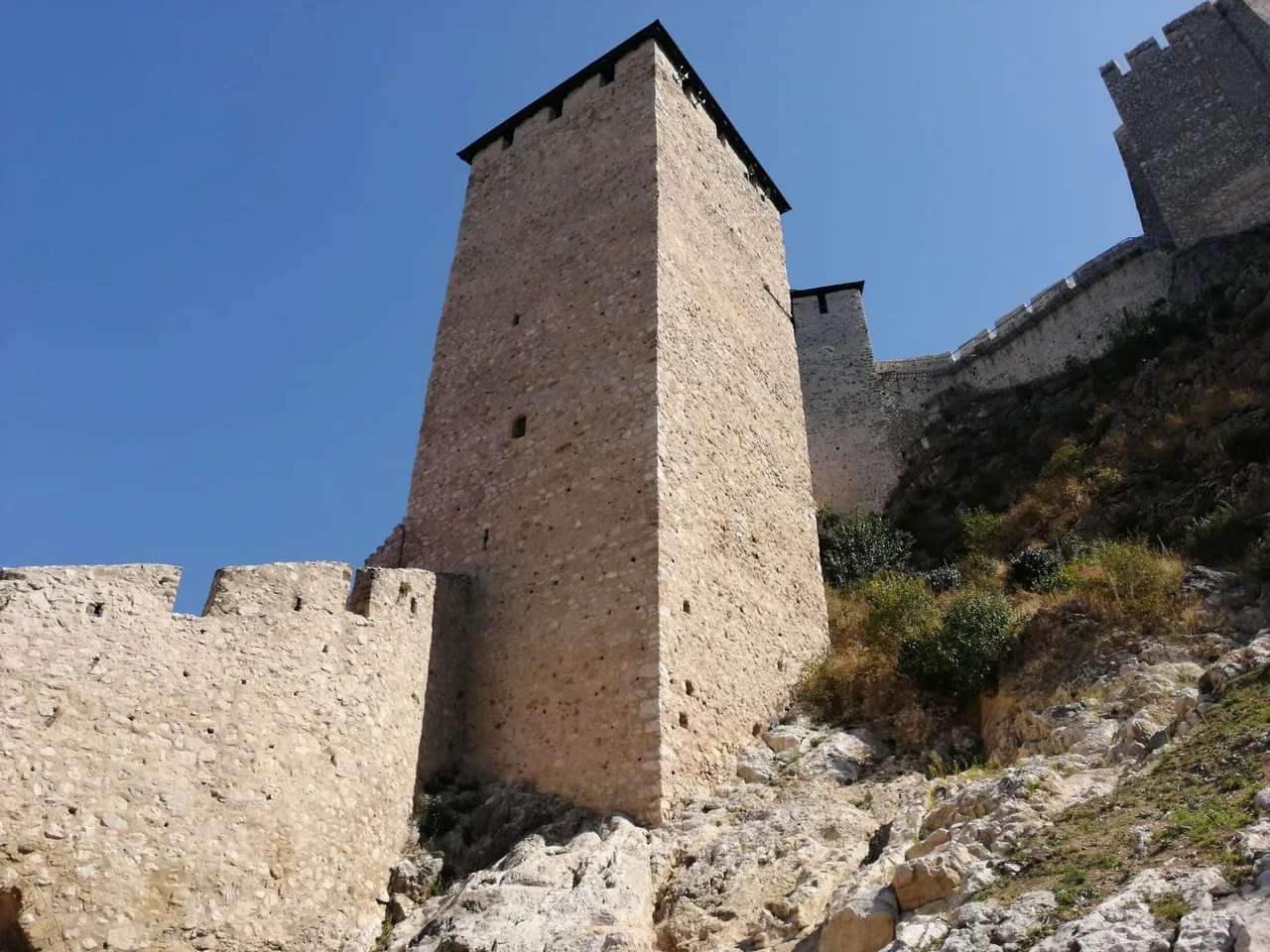
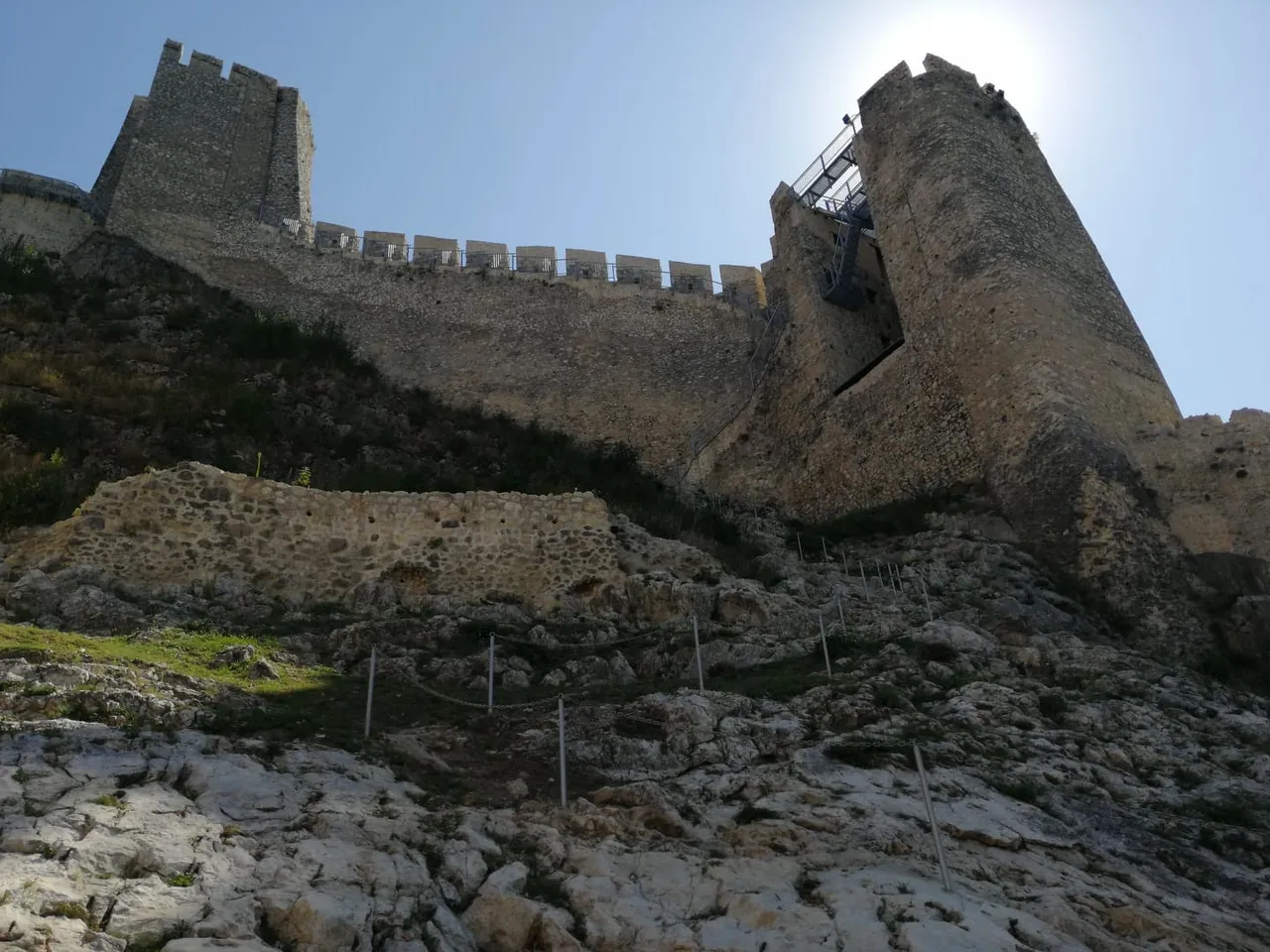
Fortress today
During the thirties of the 20th century, a main road was broken through the Fortress, which damaged both gates of the fortification. Only in the 70's of the same century, the fortification entered the sphere of interest of our researchers, which was encouraged by the construction of the hydroelectric power plant "Djerdap I". Research works have been carried out on several occasions, and conservation and restoration works have been carried out under the supervision of the Republic Institute for the Protection of Cultural Monuments.
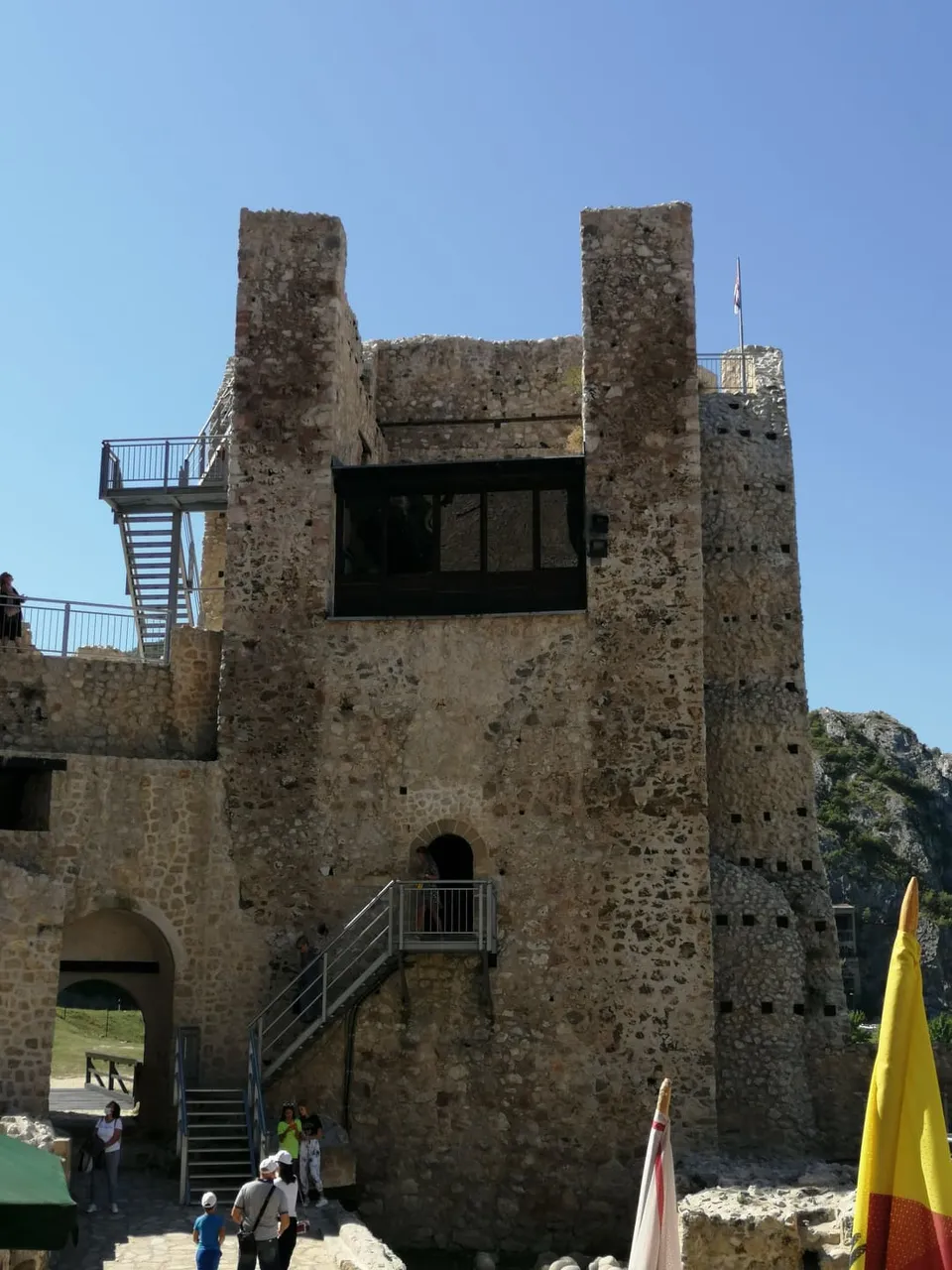
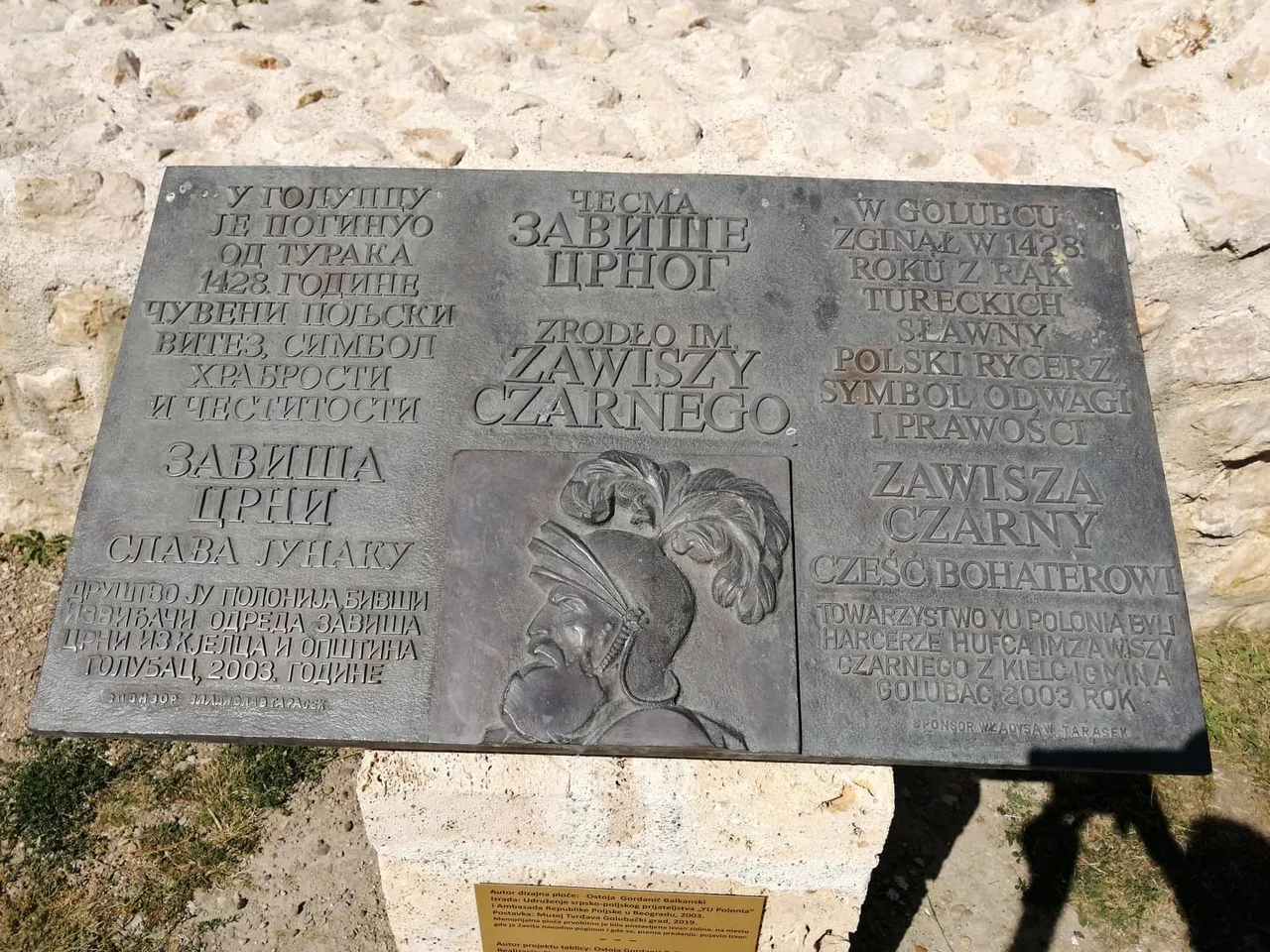
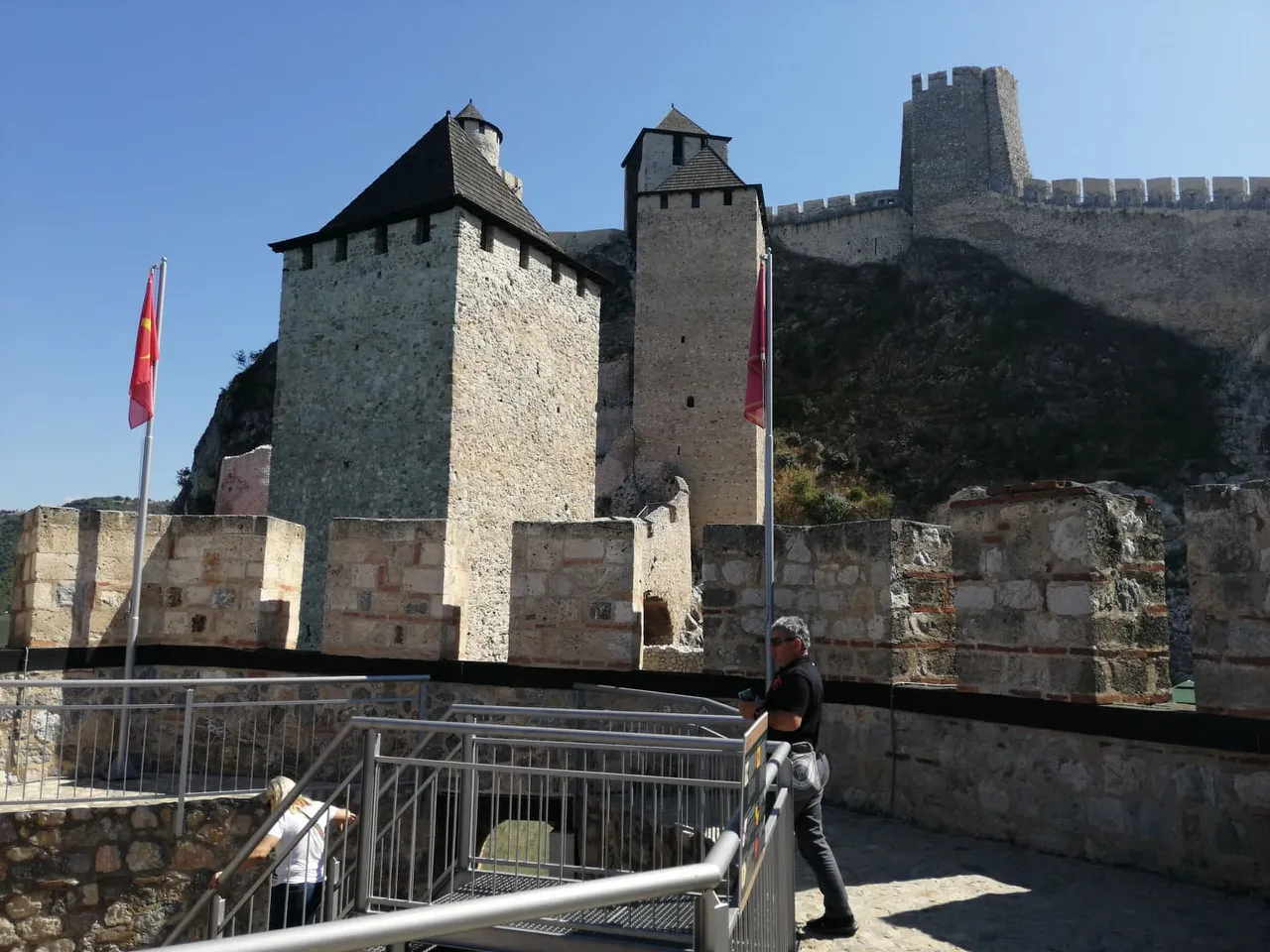
Golubac Fortress, as a cultural asset of exceptional importance, belongs to the Nature Reserve Fortress Golubac City, an area that represents the entrance to the Djerdap gorge and also the entrance point to the Djerdap National Park. In 2011, the Republic of Serbia declared this area the Tourist Area "Golubac Fortress City", which, thanks to the Project "Revitalization of Golubac Fortress" financed from the IPA Funds for 2011 and 2016, was infrastructurally equipped, while the Fortress itself was reconstructed.

